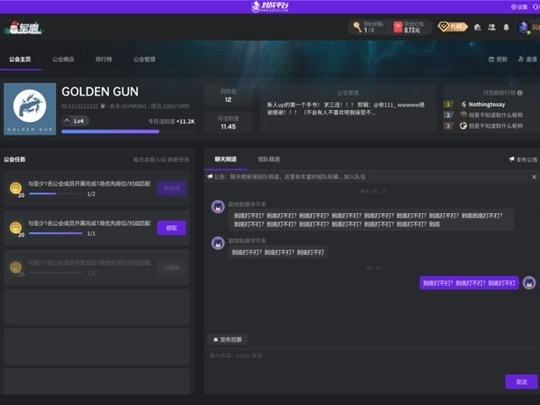|
________________________________ |无标题-1 | -------------------------------- | how to get the word ... | | $ | | | |______________________________| 答:Enabling Your Wish and the Needs of Others, Too Dear Dr. GUI, How can I grab the text that lies beneath the cursor, independent of the application that the text occurs in? I am using Visual C++, and, ideally, I would like functionality similar to that found in VC's debugger: When the cursor is placed over a variable, information relevant to the variable is displayed in a box after a short delay, rather like a tool tip. I have seen translation software give an immediate translation of the word under the cursor, irrespective of the application in which the word resides. How are they doing it? Is it done by using Optical Character Recognition (OCR)? Or is there a more elegant method using the Win32 API? Thanks in advance, Henry Brighton Dr. GUI replies: This technology has been developed by Microsoft for people who have accessibility problems that affect their ability to utilize the standard computer. There are now accessibility aids such as screen review utilities, on-screen keyboard utilities, and so forth. Is this cool or what? Active Accessibility is based on the Component Object Model (COM) and can be used to obtain or provide information about the system-provided UI elements of Windows applications and the operating system. Currently, it is fully supported on Windows 95, Windows 98, and Windows 2000, and partly supported on Windows NT 4.0 Service Pack 4 and later. The supported UI elements include: Predefined controls (controls defined in User32.dll), such as list boxes. Common controls (controls defined in Comctl32.dll), such as toolbars. Window elements, such as title bars and menus. To obtain more information about the Active Accessibility SDK and where to download its latest version, go to http://www.microsoft.com/enable/msaa/.
|
正在阅读:实用!超强VC/MFC 常见问答收集实用!超强VC/MFC 常见问答收集
2004-07-15 10:04
出处:CSDN
责任编辑:linjixiong
键盘也能翻页,试试“← →”键














